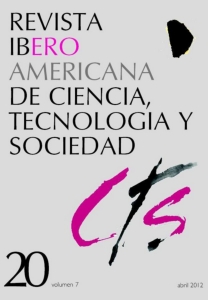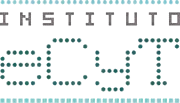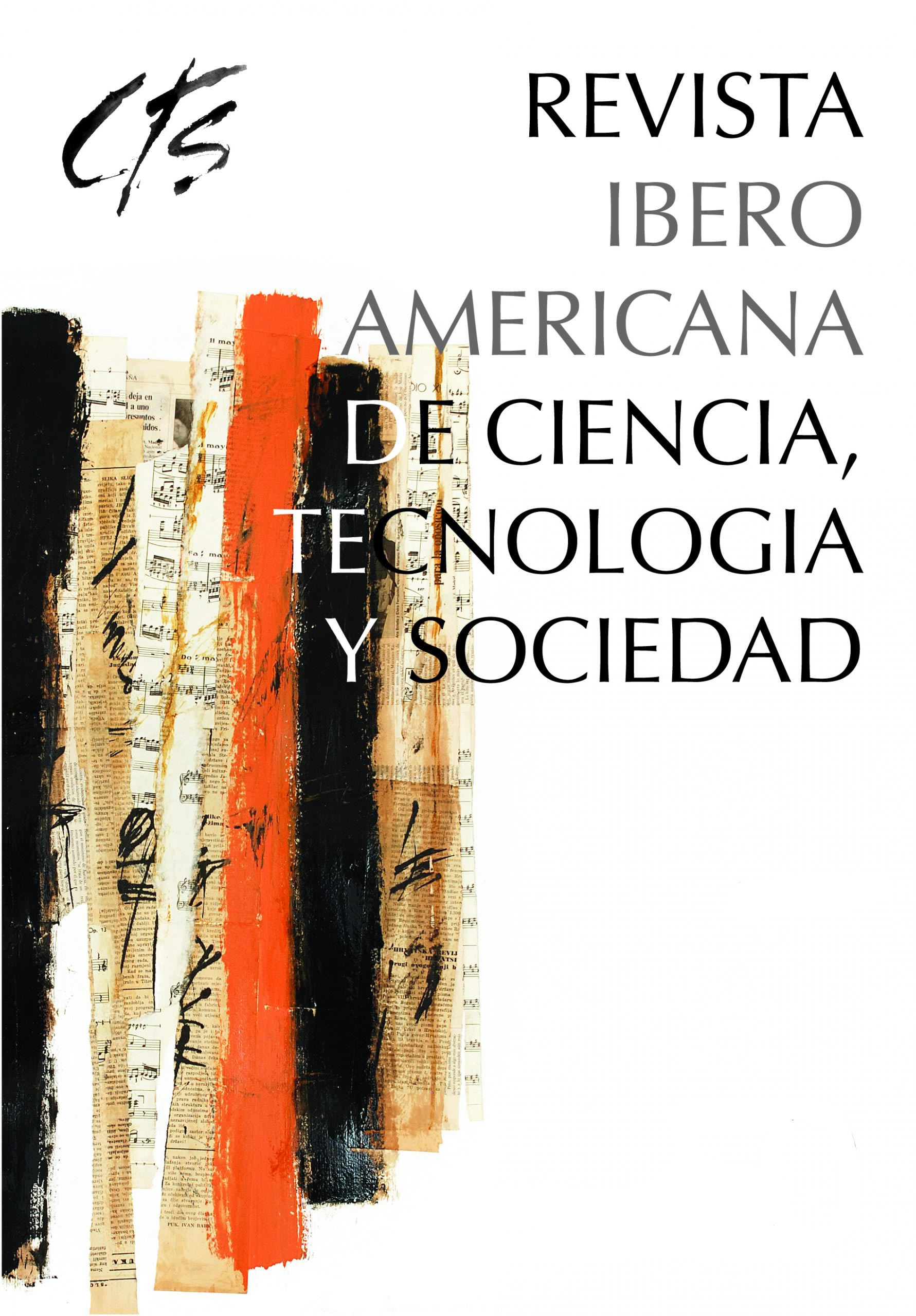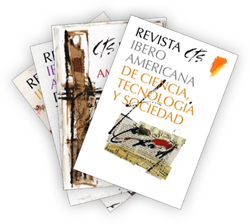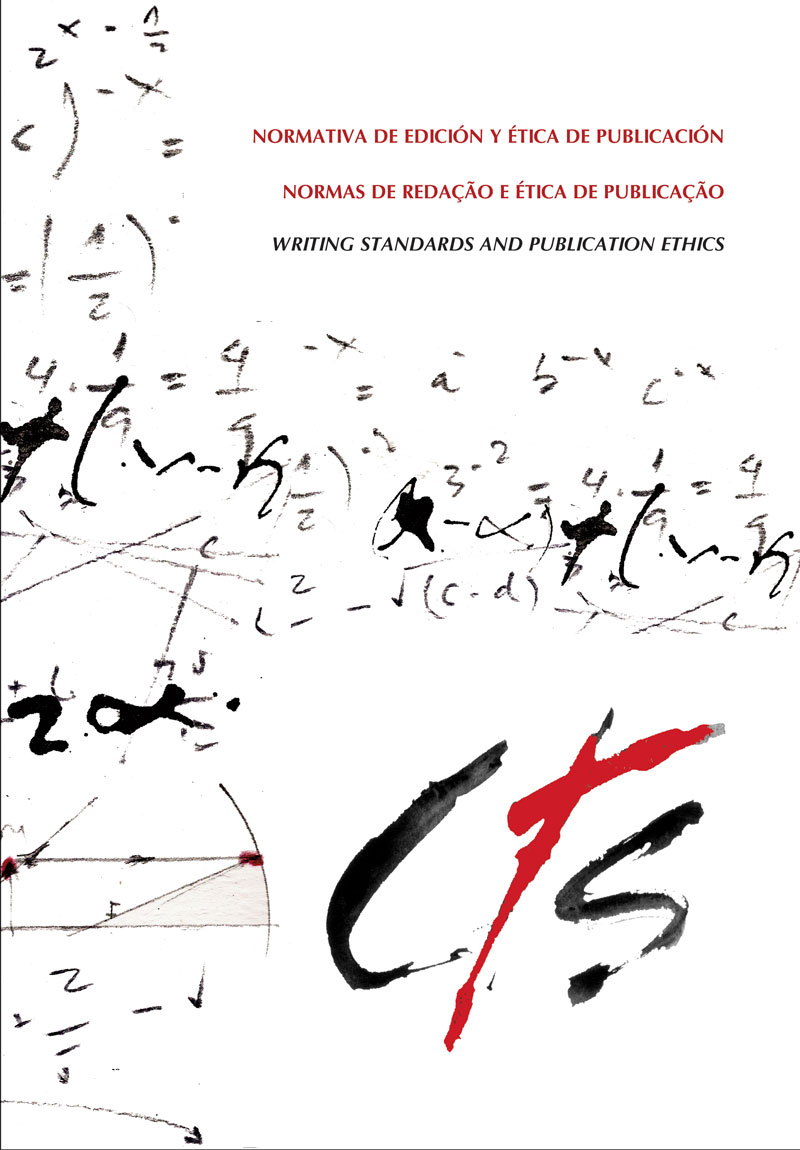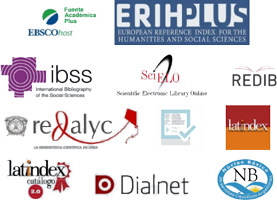Brain gene therapy
triumph and future of nanotechnology
DOI:
https://doi.org/10.52712/issn.1850-0013-686Keywords:
gene therapy, nanoparticles, brain, AAV9, societyAbstract
Brain gene therapy involves the input of nucleic acids into nerve tissue for therapeutic purposes. The genetic material is indirectly introduced into the blood through non- invasive gene therapy, thereby avoiding direct injection into the brain which can damage the blood-brain barrier. Such therapy offers exciting new treatments for the numerous neurological diseases which lack effective pharmacological treatments. In recent years there has been a dramatic shift in non-invasive strategies for transferring genes into the central nervous system. The development of new serotypes of adenoassociated vectors and of a range of functionalized nanoparticles means that it is now possible to introduce and express gene material in nerve tissue following peripheral administration of the vectors mentioned above. Studies already performed on animals have had highly promising results and it is likely that over the next few years they will give rise to non- invasive gene therapy procedures which will be useful and safe for treating patients. The future of gene therapy nanotechnology will open the development of new materials and formation of hybrid vectors that improve efficiency and selectivity while maintaining the equilibrium that must exist between human needs and scientific-technological innovation.
Downloads
References
ABBOTT, N. J. (2005): “Dynamics of CNS barriers: evolution, differentiation, and modulation”, Cell Mol Neurobiol,vol. 25, nº1, pp. 5-23.
BICKEL, U., YOSHIKAWA, T. y PARDRIDGE, W. M. (2001): “Delivery of peptides and proteins through the blood-brain barrier”, Adv Drug Deliv Rev,vol. 46, nº 1-3, pp. 247- 279.
COHEN, H., LEVY, R. J., GAO, J., FISHBEIN, I., KOUSAEV, V., SOSNOWSKI, S., SLOMKOWSKI, S. y GOLOMB, G. (2000): “Sustained delivery and expression of DNA encapsulated in polymeric nanoparticles”, Gene Ther.,vol. 7, nº 22, pp. 1896-1905.
COLLIER, T. J., LIPTON, J., DALEY, B. F., PALFI, S., CHU, Y., SORTWELL, C., BAKAY, R. A., SLADEK JR, J. R. y KORDOWER, J. H. (2007): “Aging-related changes in the nigrostriatal dopamine system and the response to MPTP in nonhuman primates: diminished compensatory mechanisms as a prelude to parkinsonism”, Neurobiol Dis., vol. 26, nº 1, pp. 56-65.
CONWELL, C. C. y HUANG, L. (2005): “Recent advances in non-viral gene delivery”, Adv. Genet., vol. 53, pp. 3-18.
CRESS, D. E. (2008): “The need for regulatable vectors for gene therapy for Parkinson’s disease”, Exp. Neurol., vol. 209, nº 1, pp. 30-33.
ESSNER, J. J., MCIVOR, R. S. y HACKETT, P. B. (2005): “Awakening gene therapy with sleeping beauty transposons”, Curr. Opin. Pharmacol., vol. 5, nº 5, pp. 513-519.
FANG, B. C., DAWSON, M., LAI, S. K., WANG, Y. Y., SUK, J. S., YANG, M., ZEITLIN, P., BOYLE, M. P., FU, J. y HANES, J. (2009): “Biodegradable polymer nanoparticles that rapidly penetrate the human mucus barrier”, Proc Natl Acad Sci USA,vol. 106, nº 46, pp. 19268-19273.
FOLEY, S., CROWLEY, C., SMAIHI, M., BONFILS, C., ERLANGER, B. F., SETA, P. y LARROQUE, C. (2002): “Cellular localisation of a water-soluble fullerene derivative”, Biochem Biophys Res Commun., vol. 294, nº 1, pp. 116-119.
FOUST, K. D., NURRE, E., MONTGOMERY, C. L., HERNÁNDEZ, A., CHAN, C. M. y KASPAR, B. K. (2009): “Intravascular AAV9 preferentially targets neonatal neurons and adult astrocytes”, Nat Biotechnol, vol. 27, nº 1, pp. 59-65.
GREENBERG, A. J., MCCORMICK, J., TAPIA, C. J. y WINDEBANK, A. J. (2011): “Translating gene transfer: a stalled effort”, Clin Transl Sci., vol. 4, nº 4, pp. 279-281.
HUANG, R. Q., QU, Y. H., KE, W. L., ZHU, J. H., PEI, Y. Y. y JIANG, C. (2007): “Efficient gene delivery targeted to the brain using a transferrinconjugated polyethyleneglycol-modified polyamidoamine dendrimer”, FASEB J., vol. 21, nº 4, pp. 1117-1125.
JAIN, N. K. y GUPTA, U. (2008): “Application of dendrimer-drug complexation in the enhancement of drug solubility and bioavailability”. Expert Opin Drug Metab Toxicol, vol. 4, nº 8, pp. 1035-1052.
JEFFERIES, W. A., BRANDON, M. R., HUNT, S. V., WILLIAMS, A. F., GATTER, K. C. y MASON, D. Y. (1984): “Transferrin receptor on endothelium of brain capillaries”, Nature, vol. 312, nº 5990, pp. 162-163.
KAISER, J. (2002): “Gene therapy. RAC’s advice: proceed with caution”, Science, vol. 298, nº 5601, pp. 2113-2115.
KANG, H., DELONG, R., FISHER, M. H. y JULIANO, R. L. (2005): “Tat-conjugated PAMAM dendrimers as delivery agents for antisense and siRNA oligonucleotides”, Pharm Res, vol. 22, nº 12, pp. 2099-2106.
KAY, M. A. (2011): “State-of-the-art gene-based therapies: the road ahead”. Nat Rev Genet, vol. 12, nº 5, pp. 316-328.
KIM, T. I., SEO, H. J., CHOI, J. S., JANG, H. S., BAEK, J. U., KIM, K. y PARK, J. S. (2004): “PAMAM-PEG-PAMAM: novel triblock copolymer as a biocompatible and efficient gene delivery carrier”, Biomacromolecules, vol. 5, nº 6, pp. 2487-2492.
KORDOWER, J. H. y OLANOW, C. W. (2008): “Regulatable promoters and gene therapy for Parkinson’s disease: is the only thing to fear, fear itself?” Exp Neurol, vol. 209, nº 1, pp. 34-40.
KREUTER, J., RAMGE, P., PETROV, V., HAMM, S., GELPERINA, S. E., ENGELHARDT, B., ALYAUTDIN, R., VON BRIESEN, H. y BEGLEY, D. J. (2003): “Direct evidence that polysorbate-80-coated poly(butylcyanoacrylate) nanoparticles deliver drugs to the CNS via specific mechanisms requiring prior binding of drug to the nanoparticles”, Pharm Res, vol. 20, nº 3, pp. 409-416.
LAVAN, D. A., MCGUIRE, T. y LANGER, R. (2003): “Small-scale systems for in vivo drug delivery”, Nat Biotechnol, vol. 21, nº 10, pp. 1184-1191.
LEWITT, P. A., REZAI, A. R., LEEHEY, M. A., OJEMANN, S. G., FLAHERTY, A. W., ESKANDAR, E. N., KOSTYK, S. K., THOMAS, K., SARKAR, A., SIDDIQUI, M. S., TATTER, S. B., SCHWALB, J. M., POSTON, K. L., HENDERSON, J. M., KURLAN, R. M., RICHARD, I. H., VAN METER, L., SAPAN, C. V., DURING, M. J., KAPLITT, M. G. y FEIGIN, A. (2011): “AAV2-GAD gene therapy for advanced Parkinson’s disease: a double-blind, sham-surgery controlled, randomised trial”, Lancet Neurology, vol. 10, nº 4, pp. 309-319.
LIU, M. M., TUO, J. y CHAN, C. C. (2011): “Republished review: Gene therapy for ocular diseases”, Postgrad Med J., vol. 87, nº 1029, pp. 487-495.
LOCH-NECKEL, G. y KOEPP, J. (2010): “La barrera hematoencefálica y la administración de medicamentos en el sistema nervioso central”, Rev Neurol,vol. 51, nº 3, pp. 165-174.
LUO, D. y SALTZMAN, W. M. (2000): “Enhancement of transfection by physical concentration of DNA at the cell surface”, Nat Biotechnol, vol. 18, nº 8, pp. 893-895.
MANDEL, R. J. (2010): “CERE-110, an adeno-associated virus-based gene delivery vector expressing human nerve growth factor for the treatment of Alzheimer’s disease”, Curr Opin Mol Ther., vol. 12, nº 2, pp. 240-247.
MANFREDSSON, F. P., RISING, A. C. y MANDEL, R. J. (2009): “AAV9: a potential blood-brain barrier buster”, Mol Ther, vol. 17, nº 3, pp. 403-405.
MEJÍA-TOIBER, J., CASTILLO, C. G. y GIORDANO, M. (2009): “Terapia celular y terapia génica ex vivo: avances en el tratamiento de enfermedades del sistema nervioso central”, Rev Neurol,vol. 49, nº 9, pp. 483-489.
NAHAR, M., DUTTA, T., MURUGESAN, S., ASTHANA, A., MISHRA, D., RAJKUMAR, V., TARE, M., SARAF, S. y JAIN, N. K. (2006): “Functional polymeric nanoparticles: an efficient and promising tool for active delivery of bioactives”, Crit Rev Ther Drug Carrier Syst, vol. 23, nº 4, pp. 259-318.
PATHAK, A., PATNAIK, S. y GUPTA, K. C. (2009): “Recent trends in non-viral vector- mediated gene delivery”, Biotechnol J, vol. 4, nº 11, pp.1559-1572.
SAHOO, S. K. y LABHASETWAR, V. (2003): “Nanotech approaches to drug delivery and imaging”, Drug Discov Today, vol. 8, nº 24, pp. 1112-1120.
SCHLAGETER, K. E., MOLNAR, P., LAPIN, G. D. y GROOTHUIS, D. R. (1999): “Microvessel organization and structure in experimental brain tumors: microvessel populations with distinctive structural and functional properties”, Microvasc Res, vol. 58, nº 3, pp. 312-328.
SELVI, B. R., JAGADEESAN, D., SUMA, B. S., NAGASHANKAR, G., ARIF, M., BALASUBRAMANYAM, K., ESWARAMOORTHY, M. y KUNDU. T. K. (2008): “Intrinsically fluorescent carbon nanospheres as a nuclear targeting vector: delivery of membrane impermeable molecule to modulate gene expression in vivo”, Nano Lett, vol. 8, nº 10, pp. 3182-3188.
SOMIA, N. y VERMA, I. M. (2000): “Gene Therapy: trials and tribulations”, Nature Rev Genetics, vol.1, nº 2, pp. 91-99.
SOPPIMATH, K. S., AMINABHAVI, T. M., KULKARNI, A. R. y RUDZINSKI, W. E. (2001): “Biodegradable polymeric nanoparticles as drug delivery devices”, JControl Release, vol. 70, nº 1-2, pp.1-20.
TENENBAUM, L., CHTARTO, A., LEHTONEN, E., BLUM, D., BAEKELANDT, V., VELU, T., BROTCHI, J. y LEVIVIER, M. (2002): “Neuroprotective gene therapy for Parkinson’s disease”, Curr Gene Ther,vol. 2, nº 4, pp. 451-483.
THOMAS, C.E., EHRHARDT, A. y KAY, M.A. (2003): “Progress and problems with the use of viral vectors for gene therapy”, Nat Rev Genet, vol. 4, nº 5, pp. 346-358.
WONG-EKKABUT, J., BAOUKINA, S., TRIAMPO, W., TANG, I. M., TIELEMAN, D. P. y MONTICELLI, L. (2008): “Computer simulation study of fullerene translocation through lipid membranes”, Nat Nanotechnol, vol. 3, nº 6, pp. 363-368.
YARBOROUGH, M. y SHARP, R. R. (2009): “Public trust and research a decade later: what have we learned since Jesse Gelsinger’s death?” Mol Genet Metab, vol. 97, nº 1, pp. 4-5.
ZHANG, Y., CALON, F., ZHU, C., BOADO, R. J. y PARDRIDGE, W. M. (2003): “Intravenous nonviral gene therapy causes normalization of striatal tyrosine hydroxylase and reversal of motor impairment in experimental parkinsonism”, Hum Gene Ther,vol.14, nº 1, pp. 1-12.
ZHANG, Y., JEONG LEE, H., BOADO, R. J. y PARDRIDGE, W. M. (2002): “Receptor mediated delivery of an antisense gene to human brain cancer cells”,JGene Med, vol. 4, nº 2, pp. 183-194.
ZHANG, Y. y PARDRIDGE, W. M. (2009): “Near complete rescue of experimental Parkinson’s disease with intravenous, non-viral GDNF gene therapy”, Pharm. Res, vol. 26, nº 5, pp. 1059-1063.
Downloads
Published
How to Cite
Issue
Section
License
Copyright (c) 2024 CC Attribution 4.0

This work is licensed under a Creative Commons Attribution 4.0 International License.
All CTS's issues and academic articles are under a CC-BY license.
Since 2007, CTS has provided open and free access to all its contents, including the complete archive of its quarterly edition and the different products presented in its electronic platform. This decision is based on the belief that offering free access to published materials helps to build a greater and better exchange of knowledge.
In turn, for the quarterly edition, CTS allows institutional and thematic repositories, as well as personal web pages, to self-archive articles in their post-print or editorial version, immediately after the publication of the final version of each issue and under the condition that a link to the original source will be incorporated into the self-archive.
